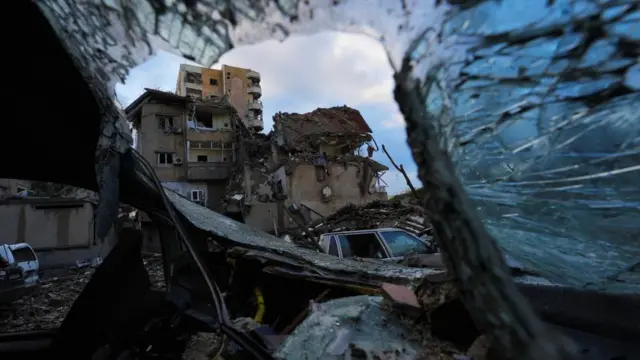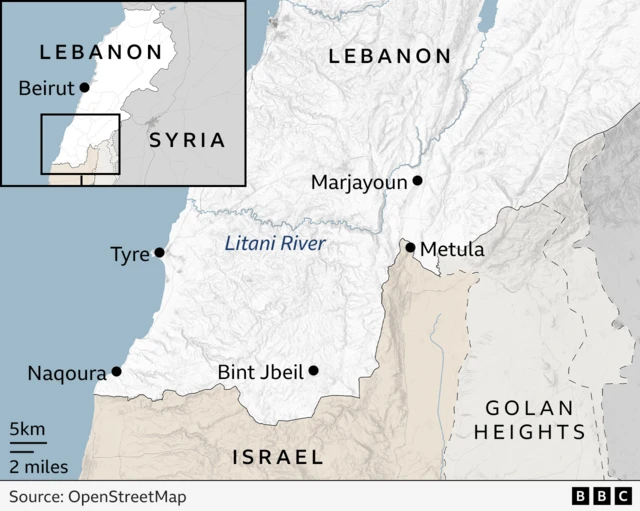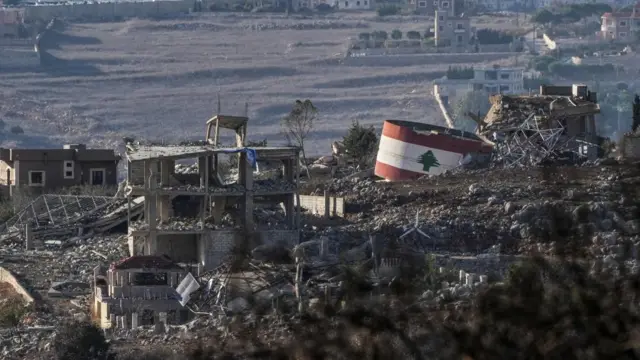
How would any deal be implemented?published at 08:25 GMT 26 November 2024
 Hugo Bachega
Hugo Bachega
Middle East correspondent, in Beirut
 Image source, Reuters
Image source, ReutersA damaged building is seen in Beirut's southern suburbs
The details of the agreement remain unclear, and it is not a done deal yet, but one of the key points seems to be how to enforce its implementation.
The proposal is based on the terms of the United Nations Resolution 1701, which ended the war between Israel and Hezbollah in 2006.
It requires, among other things, Hezbollah to remove its fighters and weapons from the area south of the Litani River, about 30km (20 miles) from the Blue Line, which is the unofficial border between Lebanon and Israel. The resolution was never fully implemented, with both sides alleging violations.
During the US-led talks, it has been made clear to the Lebanese authorities that the post-2006 situation, in which Hezbollah was allowed to build extensive infrastructure along the border, will not be repeated.
There will be more international involvement to monitor the implementation of the deal, with the US leading a five-country committee, and the UN peacekeeping force in the south will be reinforced.
During the 60-day ceasefire, the Lebanese Army is expected to boost its presence in the south. But questions remain about how they will be deployed. The military here has complained that they do not have the resources – money, manpower and equipment – to fulfil their obligations.
But it is not only about funding, which will probably come from some of Lebanon’s international allies. Will the Lebanese military confront Hezbollah if needed?
That would put Lebanese against Lebanese, which is always a risk in a country where sectarian divisions run deep. It seems there has been the acceptance by the Lebanese authorities that things must change, a diplomat told me, and there is the political will to do so.



